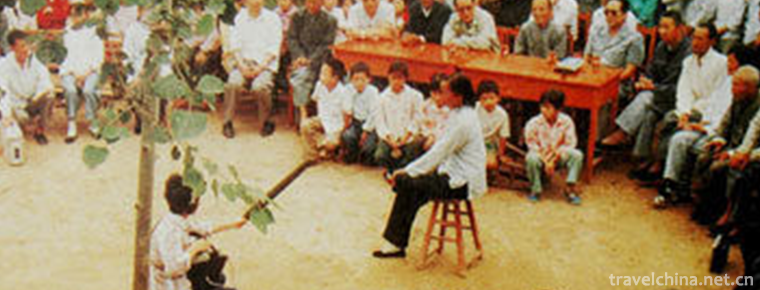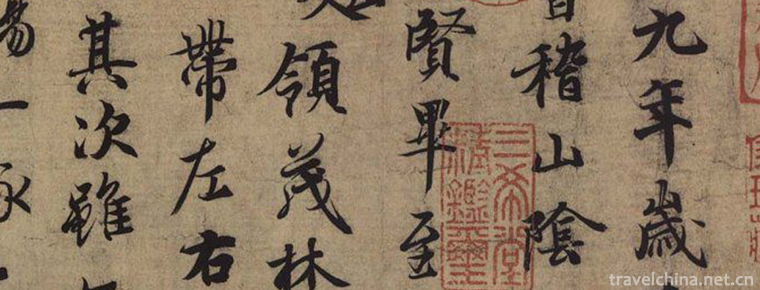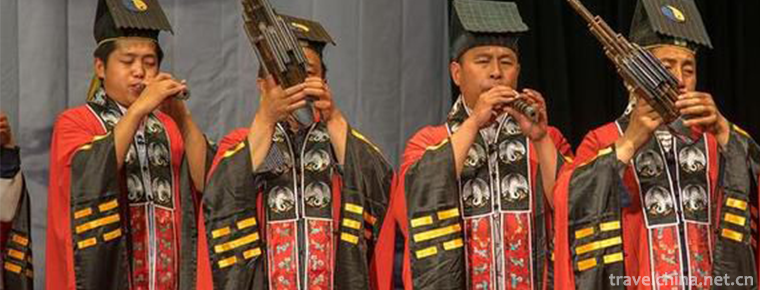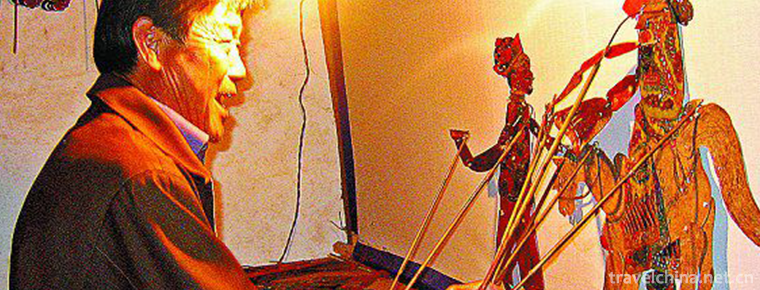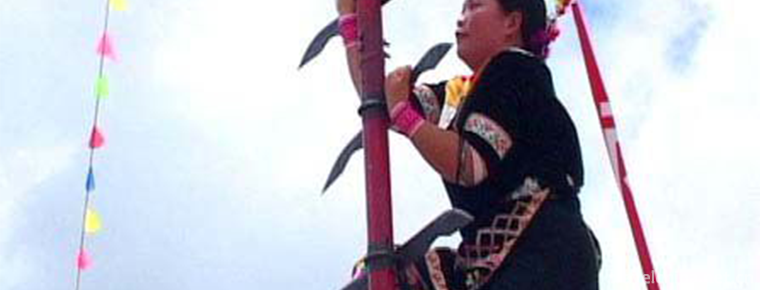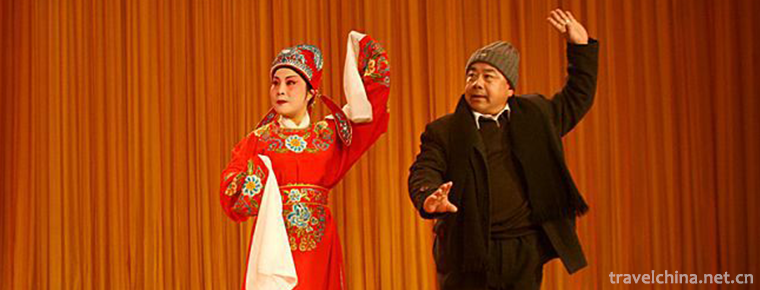Panda
Giant pandas, belonging to
carnivores, pandas, pandas subfamily and the only mammals of the genus Panda,
head length of 1.2-1.8 meters, tail length of 10-12 cm. It weighs between 80
and 120 kilograms and can weigh up to 180 kilograms. It's black and white. It
has round cheeks, big black circles, a chubby body, a symbolic walking style
with eight characters inside, and sharp claws like dissecting knives. It is one
of the most lovable animals in the world.

Giant pandas have lived on the planet for at least eight million years. They are known as "living fossils" and "China's national treasure." The image ambassador of WWF is the flagship species of biodiversity conservation in the world. According to the third national wild population survey of giant pandas, there are less than 1 600 wild giant pandas in the world, belonging to China's first-class protected animals. As of October 2011, the number of captive giant pandas in the country was 333. Giant pandas originally ate from meat and evolved to eat 99% of their food from bamboo, but their teeth and digestive tracts remain intact, still classified as carnivores, and are as dangerous as other bear species when angry. The life span of giant pandas in the wild is 18~20 years old and captive can be over 30 years old.

Giant pandas are endemic to China. The main habitats are mountainous areas of China's Sichuan, Shaanxi and Gansu.

Panda

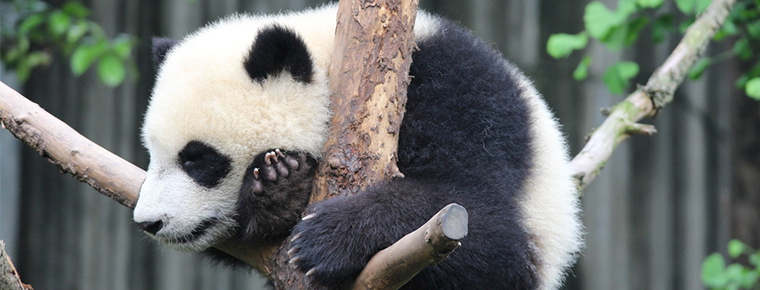
-
Gengcun Folk Stories
Gengcun Folklore Gengcun Folklore, the traditional folk literature of Gaocheng City, Hebei Province, is one of the intangible cultural heritage at the national level..
Views: 125 Time 2019-05-01 -
Construction Skills of Official Ancient Architecture
In the process of construction and maintenance of the Palace Museum ancient buildings, a complete set of traditional palace building construction techniques with strict shape has been formed on the ba.
Views: 296 Time 2019-05-01 -
Chinese character calligraphy
Chinese character calligraphy has been recognized by the world for its brilliant civilization of 5000 years and its incomparable rich written records. In this vast and profound history,.
Views: 191 Time 2019-05-02 -
Sheng Guanyue in Jizhong
Jizhong Sheng wind music is popular in Jizhong Plain, that is, south of Beijing, west of Tianjin, north of Cangzhou and Dingzhou frontline nearly 30 counties and cities of traditional drum music varie.
Views: 303 Time 2019-05-05 -
Linxia brick carving
Linxia brick carving (also known as Hezhou brick carving) is a practical art closely combined with buildings. Linxia brick carving matured in the Ming and Qing dynasties, and in modern times it absorb.
Views: 114 Time 2019-05-13 -
Shadow Show
Shadow play, also known as "shadow play" or "lantern shadow play", is a folk drama in which characters are silhouetted from animal hide or cardboard to perform stories. During the .
Views: 104 Time 2019-06-09 -
The Lisu Knife and Rod Festival
The Lisu Knife and Rod Festival, which is called "A Tang De" in Lisu language, means "Climbing Dao Festival". It is a traditional festival of Lisu and Yi people living in Lushui Co.
Views: 166 Time 2019-06-17 -
Yihuang Opera
Yihuang Opera, formerly known as Yihuang Ban and Yihuang Diao, is one of the national intangible cultural heritage in Yihuang, Nancheng, Nanfeng and Guangchang counties of Jiangxi Province, as well as.
Views: 333 Time 2019-07-12 -
Flag dress of Qing Dynasty
In the strong feudal ethical atmosphere of the Qing Dynasty, it is impossible for women to show their curves as modern. In the Qing Dynasty, the cutting system of flag dress always adopted straight line, and the chest, shoulder, waist and buttocks were .
Views: 64 Time 2020-12-11 -
Animal resources in Neijiang
The animal resources in Neijiang are mainly livestock, poultry and some wild animals. Domestic animals include mammals, birds, insects, fish and domestic wild animals. There are pigs, cattle, sheep, rabbits and a small number of horses, mules and donkeys.
Views: 315 Time 2020-12-16 -
Guangan highway
Guang'an is the transportation hub of Northeast Sichuan Province. The national highway 210, 212, 305 and 318, provincial roads 203, 304 and 18, and county, township and village roads crisscross each other, and the highway network exte.
Views: 143 Time 2020-12-19 -
Dazhous secondary industry
In 2019, the added value of all industries in Dazhou is 46.35 billion yuan, an increase of 8.7% over the previous year, of which the added value of industries above Designated Size will increase by 9.6% (see Table 2). Among the industries above .
Views: 304 Time 2020-12-20
